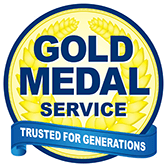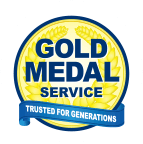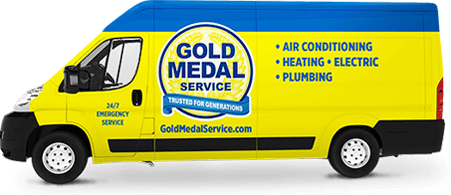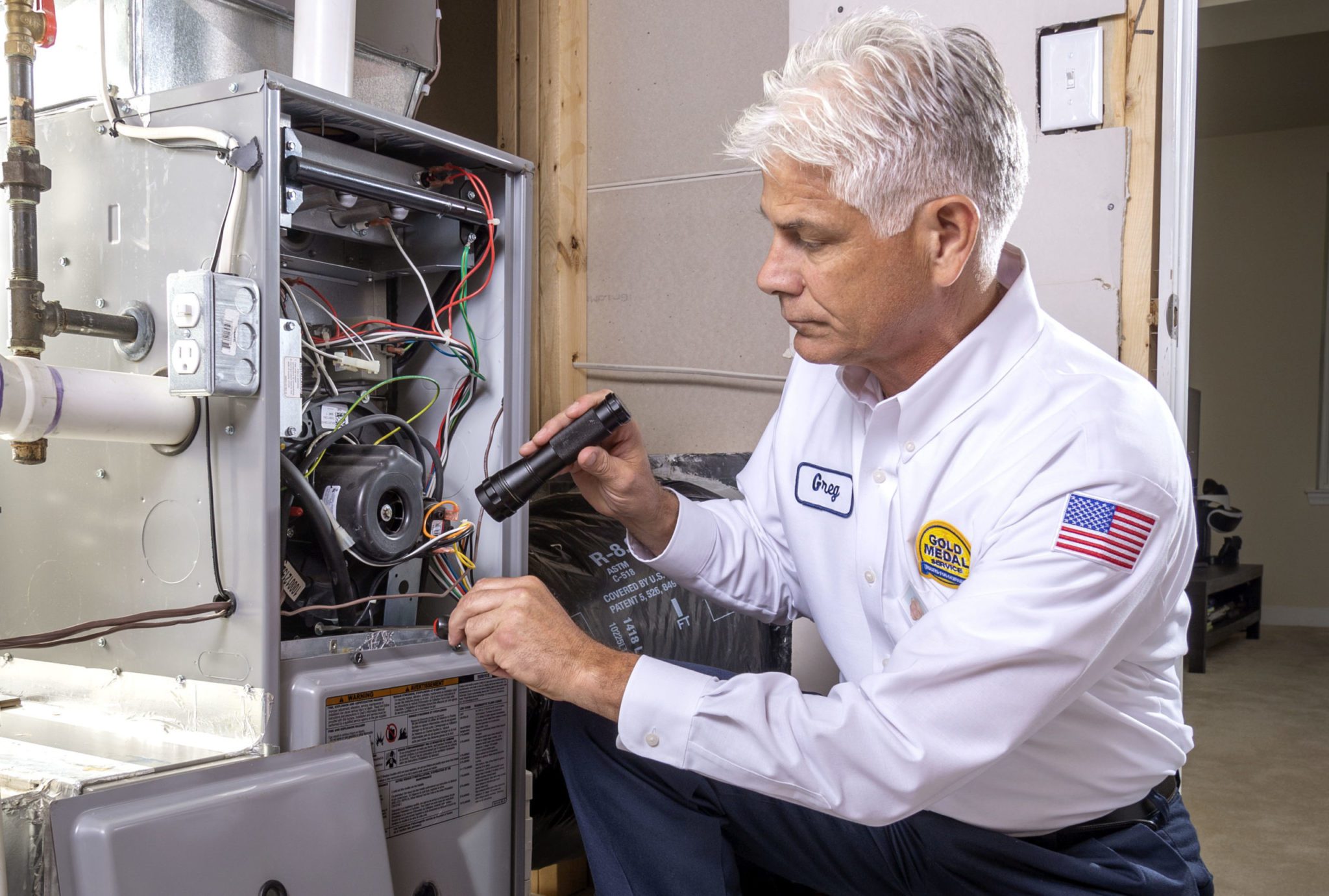
Table of Contents
What Leads to Hot Surface ignitor Issues
If you have a hot surface ignitor (HSI) in your furnace, you can be better prepared for any issues that might occur. Six of the most common hot surface ignitor issues are:
1. Gas Pressure
If there’s too much gas coming from the valve, the flame will be hotter than it’s supposed to be and cause the HSI to break down.
2. Voltage
Ensuring the right amount of voltage is applied to the HSI keeps it functioning. Too much voltage and the HSI and the control board can break. Too little voltage and the ignitor might not burn hot enough.
3. Malfunctioning Control Board
The control board is what tells the HSI to turn on and off. A malfunctioning board won’t tell the HSI to turn off and it will continue to heat, which can lead to the HSI breaking down.
Tips & Insights: Why Is My Furnace Not Working?
4. Contamination
Dust, condensation, dirt, and other contaminants can get on the HSI and cause it to break down. Keeping the area around your furnace clean can help prevent that accumulation.
5. It Breaks Easily
The HSI is a very fragile piece of equipment. Trying to clean it can result in an accidental break. It’s best to leave the handling of your HSI to the professionals.
6. Using Improperly Sized Equipment
Improperly sized equipment can cause your system to cycle on and off more frequently than it’s designed to. This can lead to a decreased lifespan of many components within your furnace, including your HSI.
Stay Warm All Winter
Our furnaces get a lot of use in the winter months, and it’s important to stay warm without worrying about what will happen if the heat goes out. You can be prepared in case an issue does arise.
A common furnace issue is with the ignition system. Save yourself time, money, and worry by knowing what type of system you have and the various causes for an ignition issue. Read on to learn the difference between a pilot light and a hot surface ignitor – and what could be causing your ignition problem.
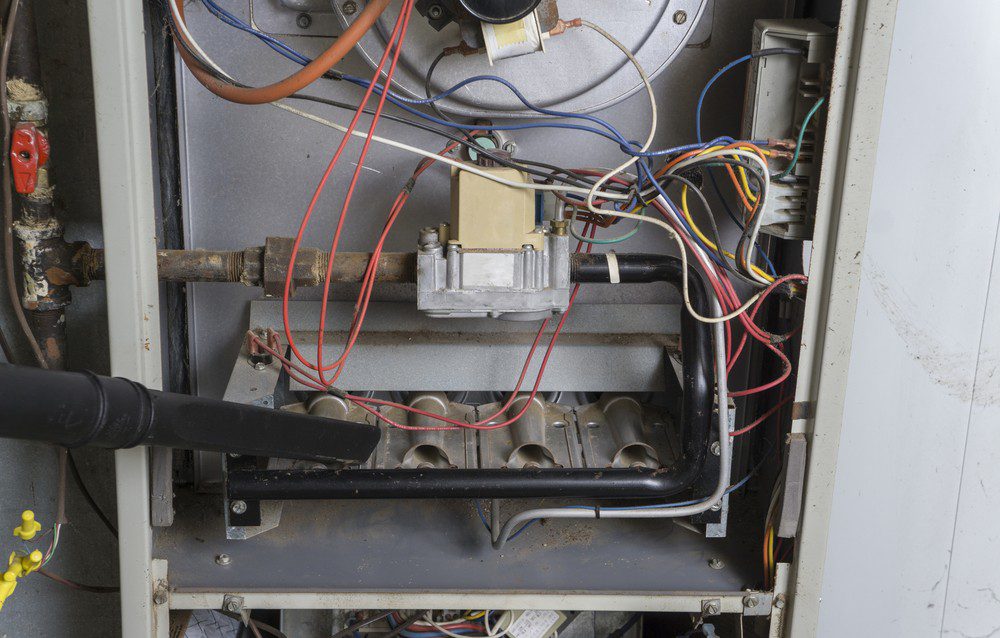
The Difference Between Pilot Lights and Hot Surface ignitors
In a gas furnace, natural gas or propane is used to ignite a flame inside the burner. This flame heats up the metal heat exchanger, which moves heat into your home. Your ductwork carries the warm air throughout your home and colder air is returned to the furnace where it repeats the heating cycle.
The flame in the furnace can ignite in one of two ways. Your furnace either has a pilot light or a hot surface ignitor that acts as the spark that lights the flame. You can check which type you have by opening your furnace, but remember to always make sure it’s off and completely cool before touching it.
Tips & Insights: How to Inspect and Tighten a Furnace Fan Belt
Pilot Light
A pilot light is a 1-2 inch flame that is always lit and ready to ignite the system the next time the furnace cycles on. Most older furnaces have pilot lights. Since a pilot light is always on, it uses more energy and costs more money to keep lit.
Hot Surface ignitors
Hot surface ignitors are a more recent invention. They are made of a resistant element like silicon nitride or silicon carbide with wires attached to the ignitor. Voltage is applied to the wires, causing the element to heat in a minute or less. Hot surface ignitors last anywhere from five to ten years before needing to be replaced.
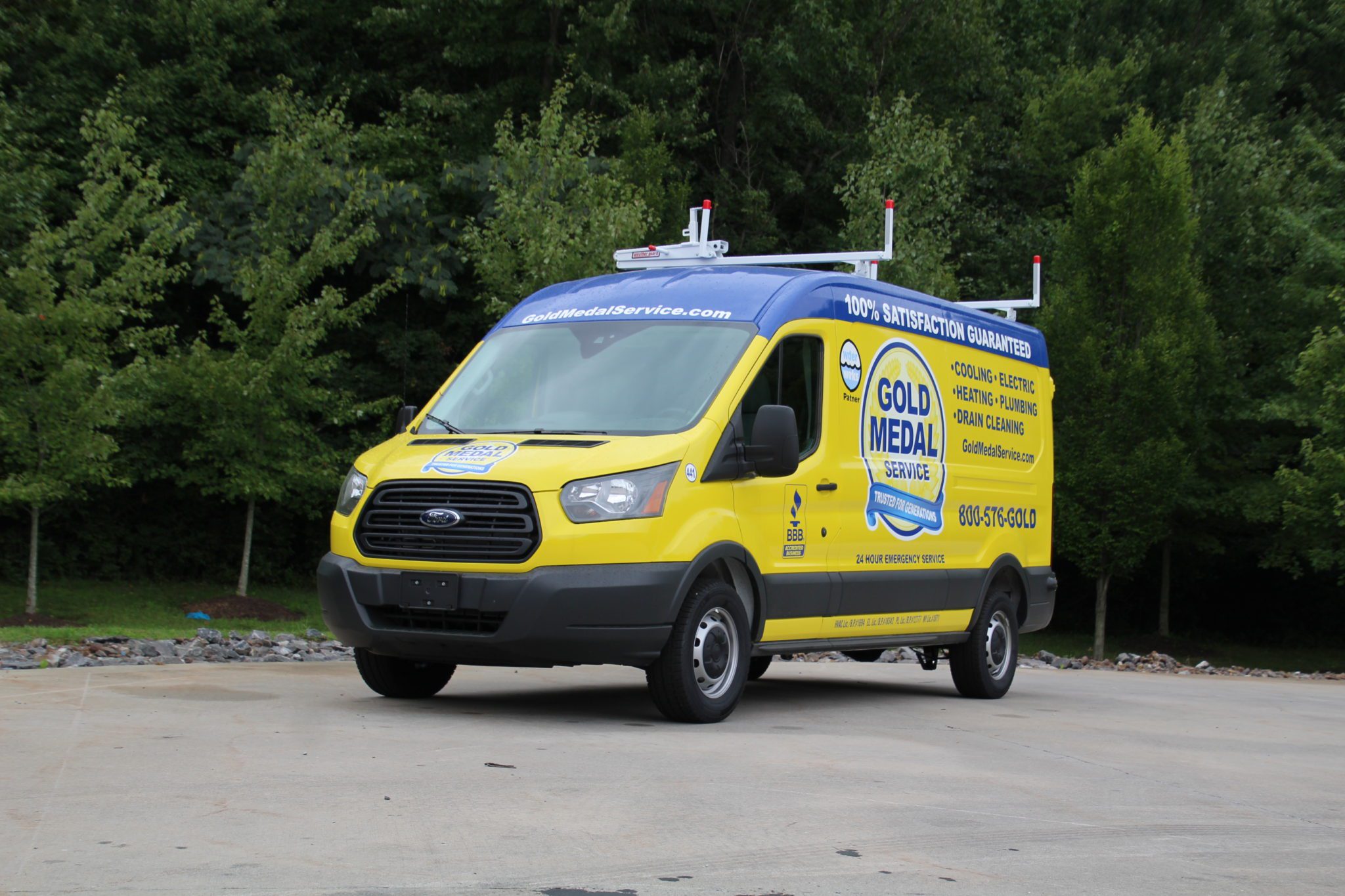
Furnace Repair & Replacement Services
If your hot surface ignitor is preventing your furnace from heating your home, don’t delay calling in the professionals. The expert technicians at Gold Medal Services are here to help ensure your furnace is working efficiently so you and your family stay warm all winter long.
We offer dependable furnace repair and furnace installation services to homeowners in areas such as New Jersey and New York. Our licensed technicians will evaluate your furnace and make any necessary repairs in a timely fashion. In addition, our staff offers other types of HVAC services such as boiler replacement, heat pump installation, and air conditioning repair. Get your furnace operating efficiently today by calling (732) 638-4317 or by scheduling your appointment online.
